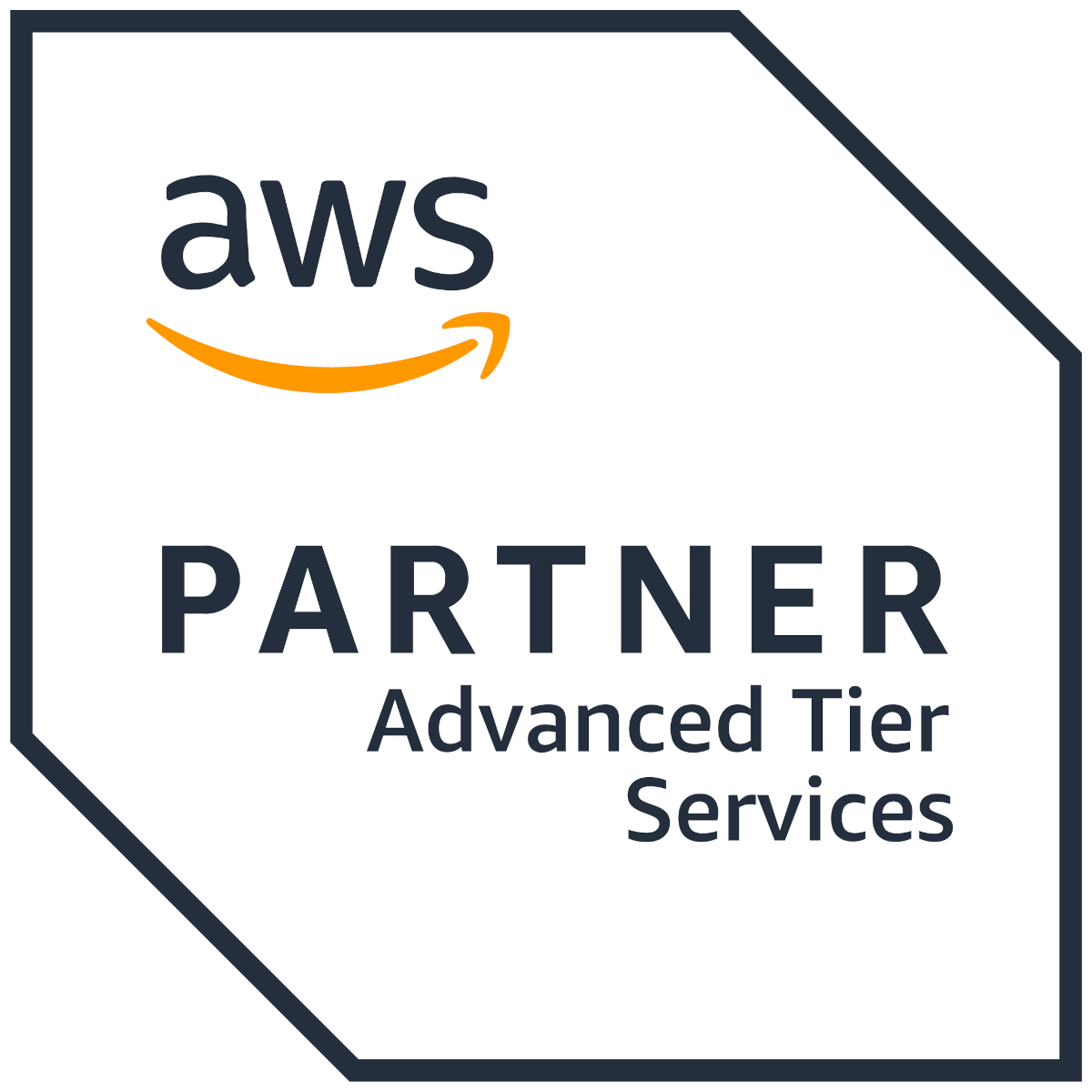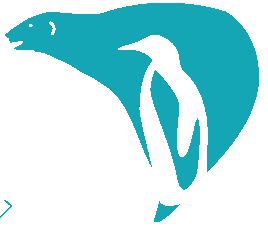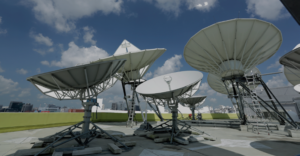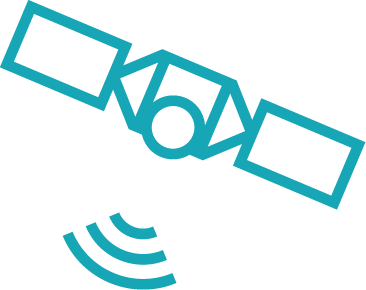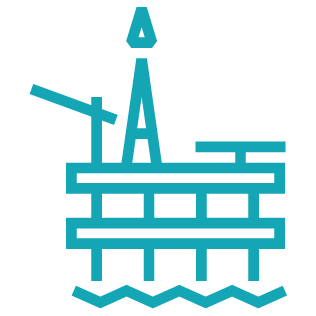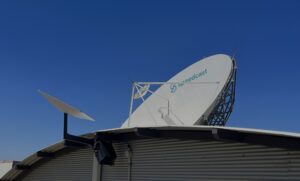“Even with Starlink onboard, when you spread the amount of data across every user, people still wanted more.” That’s how Will Mudge, Speedcast’s VP of Engineering, responded to a question about seafarer and passenger experience with the latest Starlink LEO vessel deployments. in the topic was part of a recent webinar, “How maritime industry operations can get the most out of new LEO technologies with cloud-based applications,” hosted by SeaTrade Maritime News. It took place shortly after Speedcast completed fleetwide installation of Starlink business terminals on Hurtigruten Expeditions’ cruise ships.
Keeping Options Open
It was a bold statement. But Mudge’s actual view was more nuanced. He joined panel participant, Jon Grunnan, Hurtigruten Expeditions’ CIO, in noting that Starlink offered good performance for vessels, but there was also an expectation that the LEO market will evolve in terms of cost and performance, either for the better or for the worse, as more satellites are launched and filled. Keeping options open was the order of the day.
Starlink is not the only provider of lower-latency connectivity. Mudge noted that Speedcast has a partnerships in place with LEO constellation operators, Starlink and OneWeb, which is due to launch global service in 2023. The company also has experience integrating MEO service from SES’ O3B capacity into comprehensive connectivity solutions.
“People think of Starlink instantly when it comes to LEO,” Mudge said. But they may be unaware of regulatory limits. Starlink does not yet have landing rights in many countries, meaning that a ship docking there must take down the service. “Besides,” he said, “LEO is not just one kind of service.” He also noted the number of LEO constellations in orbit or development devoted just to IoT, for example. They offer shippers the ability to monitor the location and condition of containers as they make their way from factory to ship to buyer.
Picking the Network for the Application
“It all depends on what you’re looking for,” he said. “We feel we have to choose, but in reality, you can’t just choose one. Each of them has something they’re really good at and some way you can use it. It’s a matter of picking the right one for the application.”
Paul DeLaria, Partner Solution Architect at Amazon Web Services (AWS), also discussed historical limitations, where vessels were storing operational data on site and were only able to offload at port. Vessel operators were restricted to low-bandwidth applications due to network limitations. “By utilizing LEO and other communications technologies, vessel operators can now leverage near real-time communications to ingest data into the cloud and run applications that can reduce vessel downtime, lower cost of repairs and increase time of arrival accuracies,” said DeLaria.
